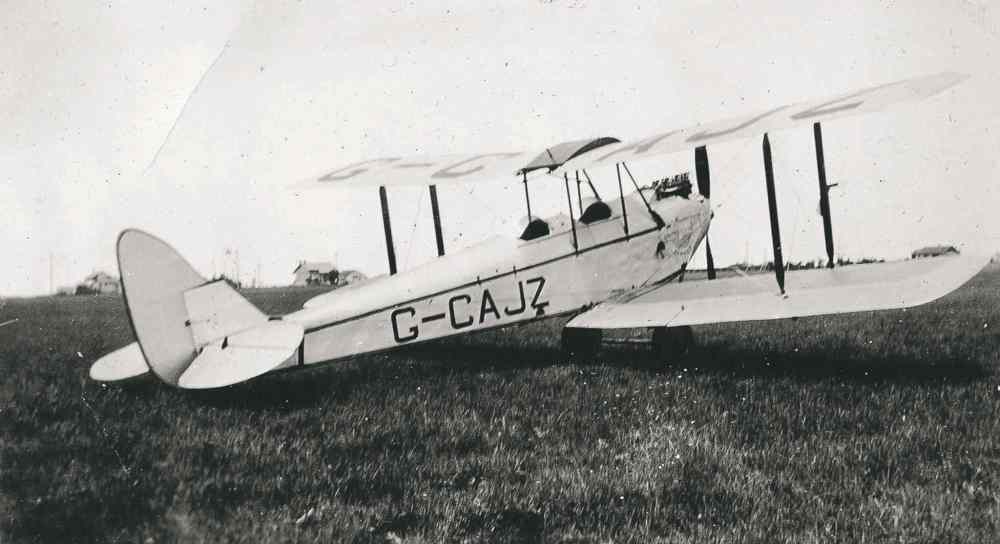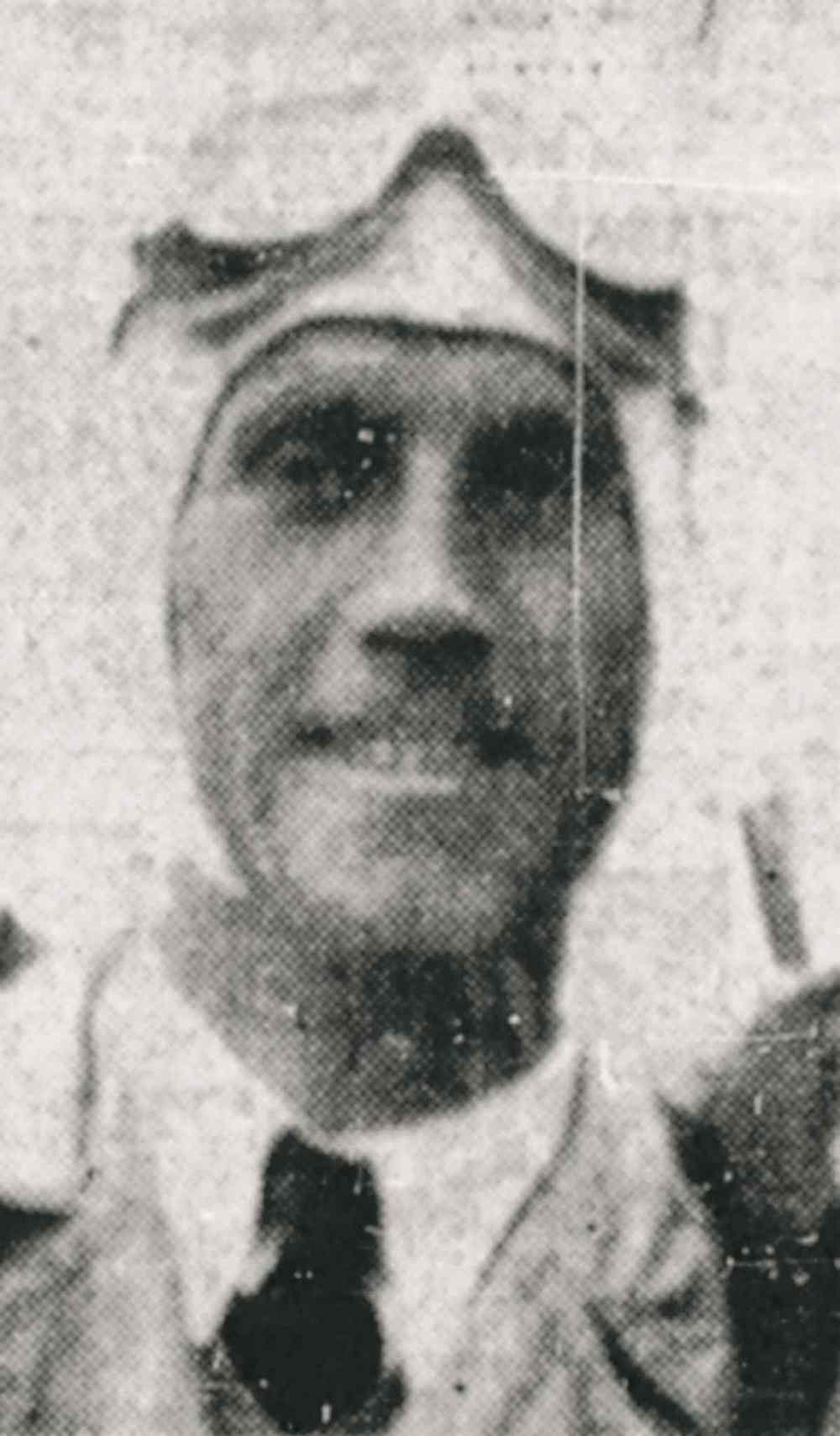Airmen died in failed rescue attempt on Lake Winnipeg
Daring disaster
Advertisement
Read this article for free:
or
Already have an account? Log in here »
To continue reading, please subscribe:
Monthly Digital Subscription
$0 for the first 4 weeks*
- Enjoy unlimited reading on winnipegfreepress.com
- Read the E-Edition, our digital replica newspaper
- Access News Break, our award-winning app
- Play interactive puzzles
*No charge for 4 weeks then price increases to the regular rate of $19.00 plus GST every four weeks. Offer available to new and qualified returning subscribers only. Cancel any time.
Monthly Digital Subscription
$4.75/week*
- Enjoy unlimited reading on winnipegfreepress.com
- Read the E-Edition, our digital replica newspaper
- Access News Break, our award-winning app
- Play interactive puzzles
*Billed as $19 plus GST every four weeks. Cancel any time.
To continue reading, please subscribe:
Add Free Press access to your Brandon Sun subscription for only an additional
$1 for the first 4 weeks*
*Your next subscription payment will increase by $1.00 and you will be charged $16.99 plus GST for four weeks. After four weeks, your payment will increase to $23.99 plus GST every four weeks.
Read unlimited articles for free today:
or
Already have an account? Log in here »
Hey there, time traveller!
This article was published 24/05/2015 (3818 days ago), so information in it may no longer be current.
Earlier this month, I went on a Jane’s Walk tour of Elmwood Cemetery. Opened in 1902 in what was then the Rural Municipality of Kildonan, it was Manitoba’s first non-denominational cemetery.
There are many notable figures from the city’s past buried there, including photographer L.B. Foote, journalist E. Cora Hind and former mayor John Queen. It is also the final resting place of thousands of Manitobans who might not be mentioned in history books but did their part to help build this province.
There was one headstone in particular that drew my attention. It reads: “In memory of George O. Mackie, aged 22 years (pilot), and Leonard Blackwell, aged 19 years (engineer), who lost their lives in Lake Winnipeg while on a rescue flight, August 17, 1934. Greater love hath no man than this.”

Atop the inscription is what I later found to be the logo of their employer, Northwest Aero Marine Ltd. (NAM).
Mackie and Blackwell were part of the small, close-knit fraternity of young aviators based at Stevenson Field, now Richardson International Airport. Their employer operated a fleet of planes and boats that serviced the mining camps of eastern Manitoba and northwest Ontario.
Work colleagues at NAM would have included the likes of John Kent, who in 1933 became the youngest Canadian to obtain a commercial aviation licence. He became a noted Second World War ace, earning the Distinguished Flying Cross and Poland’s Virtuti Militari.
Another employee, William May, became a pioneer in civil aviation. When he retired in the 1970s with 29,000 flying hours to his credit, he was inducted into Canada’s Aviation Hall of Fame.
Our two young men had barely begun their careers, but their youth was likely typical of many early Manitoba aviators.

Mackie grew up on Berry Street. As a teenager, he and another St. James boy, Bart Stevens of Inglewood Street, constructed a homemade glider. After 14 months, they had built a 77-kilogram aircraft with a 10-metre wingspan, deemed airworthy enough for entry into the 1931 Air Pageant at Stevenson Field.
That first flight did not go well, so they spent another couple of months perfecting the glider. By late September, the glider — which was launched from a tow rope tied to the back of a car — had made a dozen successful flights around Stevenson Field, reaching a maximum altitude of about 122 metres.
Mackie next made the news in 1933, when he co-piloted a Tiger Moth to third place in the Manitoba Good Will Air Tour, a timed race from Stevenson Field to a number of Manitoba airstrips and back again. The next January, he got a first-hand taste of the dangers of flying when he and another pilot had to make an emergency landing near Victoria Beach because of engine failure. They spent days waiting out a blizzard before safely returning to the city.
Len Blackwell lived on Douglas Park Road in St. James. At the age of 15, he got a part-time job at NAM as an apprentice air engineer. In early 1934, he was certified and took part in the much-publicized air search for burlesque dancer and former Ziegfeld Follies girl Fay Baker after the plane she was in disappeared while on a tour of mining towns. (Baker and her ostrich-feather fans were found safe and sound.)
In December 1933, Mackie purchased a 1927 de Havilland DH 60X, also referred to as a Cirrus II Moth, registration G-CAJZ. It was a two-seat, bi-winged plane made of plywood and fabric. Though a popular model, it had a spotty safety record because of its Cirrus engine. As Mackie was a few months shy of having enough hours for a commercial pilot’s licence, which would allow him to carry passengers, his routine was shuttling cargo to and from the newly opened San Antonio Mine near Bissett.

The plane’s final, fatal takeoff took place on the evening of April 17, 1934.
Word came in that the previous day, another NAM plane — piloted by Charlie Scarr and carrying a Toledo Scales salesman — was forced down on its return flight from the mine because of mechanical difficulties. As they were on a well-travelled route, the pair was spotted by other pilots on the eastern shore of Lake Winnipeg at the Sandy River the next day. They were safe, but NAM needed to send in a seaplane and an engineer to repair the plane or evacuate the stranded men.
George Mackie and Len Blackwell volunteered to fly out to rescue Scarr, who coincidentally was the previous owner of Mackie’s plane. They headed for NAM’s base on the Red River, where the float planes were kept, and took off around 7 p.m. What they didn’t know was there was a violent storm sweeping over Lake Winnipeg that night.
The men never reached their destination. After a couple of days with no reported sightings of their downed plane or a signal fire, company officials feared the worse. A general call for help went out, and soon planes from other airlines, mining companies, the RCAF and the Provincial Air Service were on the lookout. More planes and a number of boats were dispatched from Lac du Bonnet, where NAM had another base.
Pilot C.T. Travers of the Manitoba Government Air Service was searching the eastern shore of Lake Winnipeg on Aug. 25 when he spotted the wreckage of a plane near the Black River. He landed and made it to the site at a place called Mink Point. He confirmed it was G-CAJZ, broken in two and missing its propeller. Nearby in the brush were the bodies of Mackie and Blackwell.

At the coroner’s inquest in Pine Falls, he testified the cause of death was drowning, as the bodies showed no sign of trauma or broken bones. There were no life-preservers found on the bodies or in the wreckage. Though it was a government regulation and the devices were available to them at NAM’s Red River base, it is unclear why they didn’t take them along.
Other testimony revealed Mackie had only landed his plane on its pontoons two or three times before. Factor in the bad weather, a night landing and the likelihood the plane may have been overweight because of the large amount of fuel it was carrying for the stricken plane, and it’s easy to see how such a tragedy could have occurred.
At a subsequent government inquiry, the bad weather was officially blamed for the crash, though the report was cautiously critical of the men for being overzealous and overreaching their abilities in an attempt to rescue a fellow airman.
A joint funeral was held for Mackie and Blackwell at St. James United Church on Aug. 28, 1934. Pallbearers were members of the Winnipeg Flying Club and co-workers from Northwest Aero Marine.
After the service, the cortège made its way to Elmwood Cemetery, followed overhead by a single plane. During the service, the plane circled the cemetery and dropped a single wreath of flowers before heading back to Stevenson Field.

Christian Cassidy explores local history on his blog, West End Dumplings.

Our newsroom depends on a growing audience of readers to power our journalism. If you are not a paid reader, please consider becoming a subscriber.
Our newsroom depends on its audience of readers to power our journalism. Thank you for your support.


